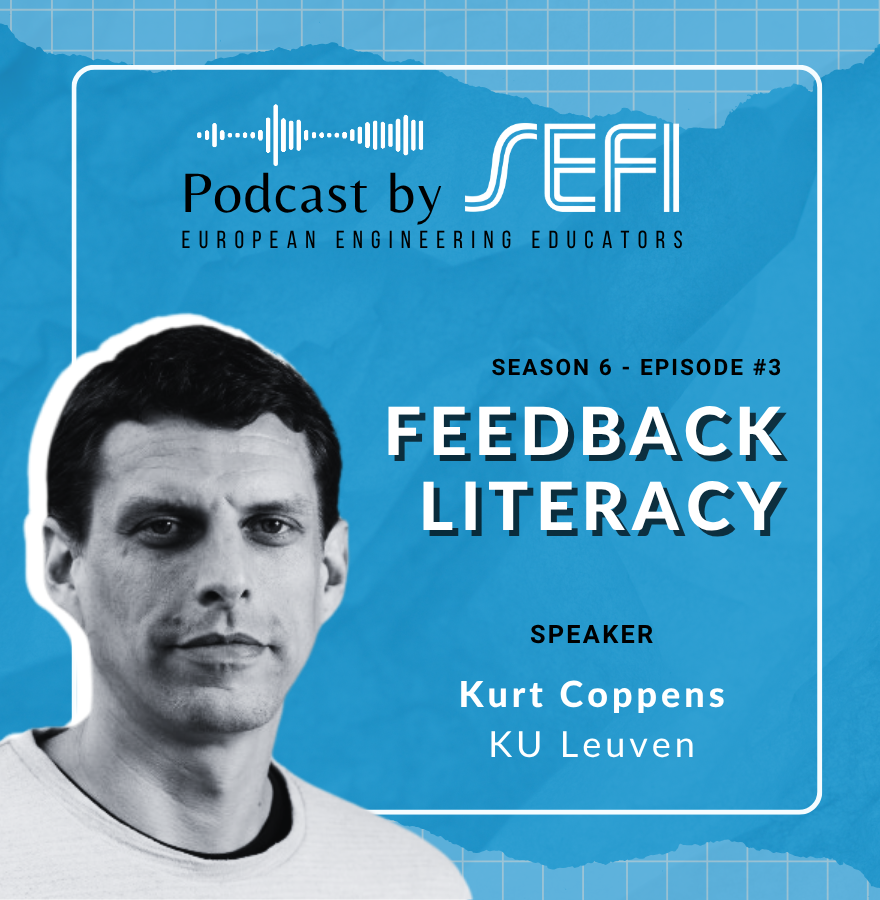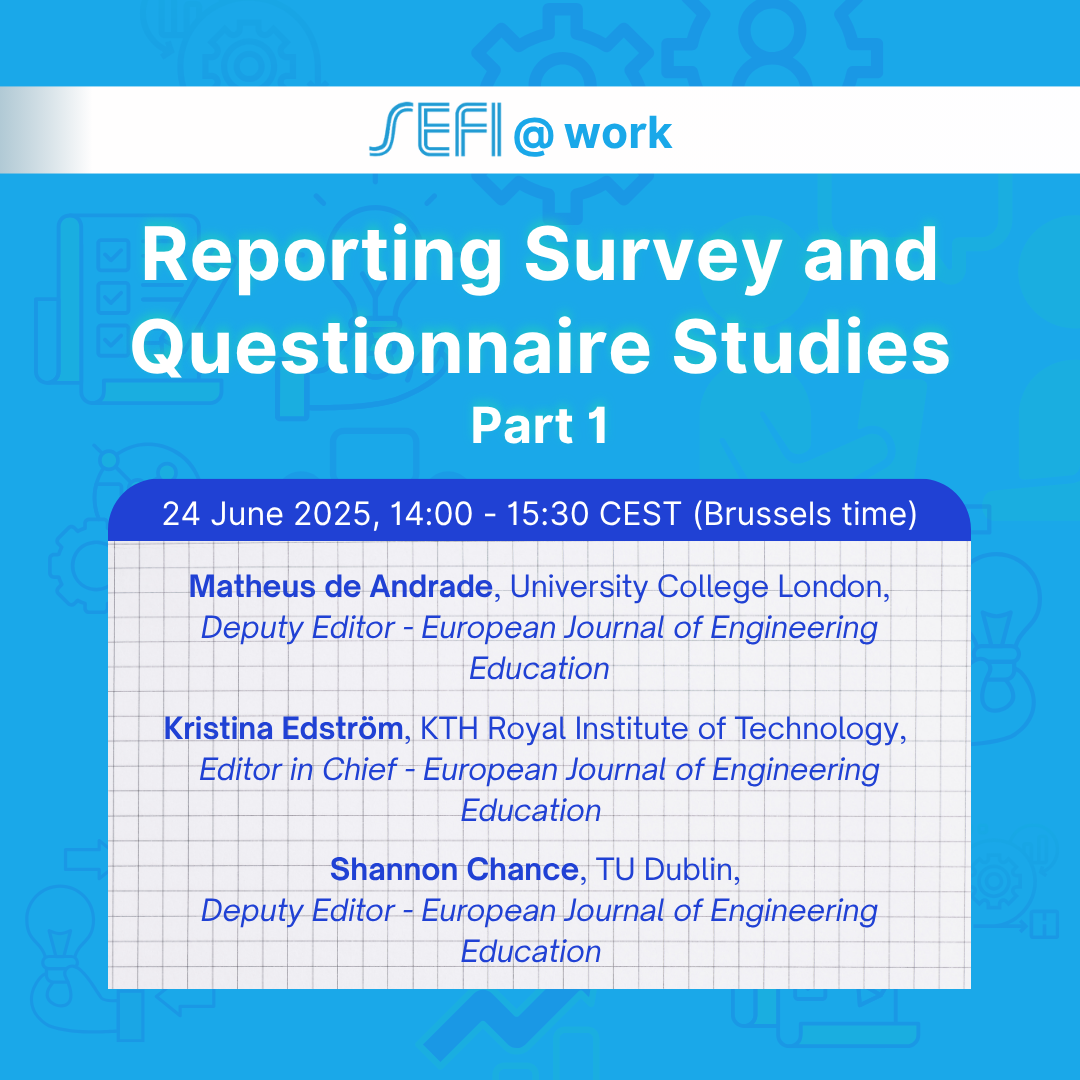Feedback is a somewhat perennial topic within higher education (HE), with increasing emphasis on students…
Ana M. Gómez Olmedo, ESIC University

The education for sustainable development demands a rapid shift in the engineering education curriculum so that students are better equipped with the knowledge and skills needed to address sustainability challenges. However, engineering education for sustainable development (EESD) seems to be lagging behind. First, the complexity to align the sustainable development goals with the current and ever-changing market, legal and ecological environment is one of the reasons. Secondly, it is necessary to outline a specific roadmap, that introduces content and abilities that meet the present and future socio-environmental demands. Both reasons reflect a change in the EESD mindset though. Beyond covering specific content, this roadmap should be grounded on a different worldview, one that puts nature centre stage and that acknowledges our interconnectedness with others and the planet. This worldview shift is not an easy endeavour.
UNESCO proposed a framework of the eight key competencies for sustainable development that any educational institution should integrate into its learning, namely, systems thinking, anticipatory, normative, strategic, collaboration, critical thinking, self-awareness, and integrated problem-solving competence. Although, there is not an agreed list of the competencies to be acquired on EESD, what seems undoubted is the need for a transformation of the engineering practice to drive sustainability. Such transformation not only demands the introduction of sustainability content in the EESD curriculum but also requires learning socio-emotional competencies that underpin the other eight competencies that are seen as fundamental to meet the requirements that the transition to sustainability demands.
One of the strengths of mindfulness practice, which could be described as the cultivation of mind and body through formal (present-moment meditation) and informal exercises (walking mindfulness), resides in its ability to cultivate intra and interpersonal skills. Some research has been conducted on contemplative practices such as mindfulness among engineering students. As a result, the concept of “inner engineering” has been introduced. This concept could be described as the exploration of your inner self to then turn outwards and be able to deploy your full potential and greater performance on the tasks at hand. In short, work on yourself to then work best for others. That is, intrapersonal as well as interpersonal skills, reinforcing the promising role of mindfulness practice. Therefore, in view of these and other studies demonstrating the positive effects of mindfulness practice on nurturing socio-emotional competencies such as emotional regulation, resilience, empathy, or social connectedness, mindfulness is posited as an alternative learning method that can promote these skills.
In the field of sustainability, the acquisition of this set of socio-emotional competencies through mindfulness practice may help engineering students acquire the social learning that is needed to address sustainability challenges. As an example, emotional regulation might facilitate the ability to act coherently with nature while a more resilient mindset could help to cope with the pressure, responsibility, and stress that are implied in designing engineering sustainability projects. With regards to empathy and social connectedness, it might be essential to achieve inclusive and diverse engineering solutions, also known as “empathic engineering”. Empathic engineering requires not only acquiring communication skills but also understanding community needs to then be able to design the solutions that meet the sustainability demands holistically. A customised mindfulness program, targeted at both engineering learners and teachers, could pave the way.
For more information about the role of mindfulness practices in nurturing socioemotional competencies, you are welcome to read our systematic review and meta-analysis.
Acknowledgements: This editorial reflects some of the learnings of a research article published jointly with Carmen Valor and Isabel Carrero. The opinions expressed in this editorial are my own and do not necessarily reflect the views of my research colleagues.

